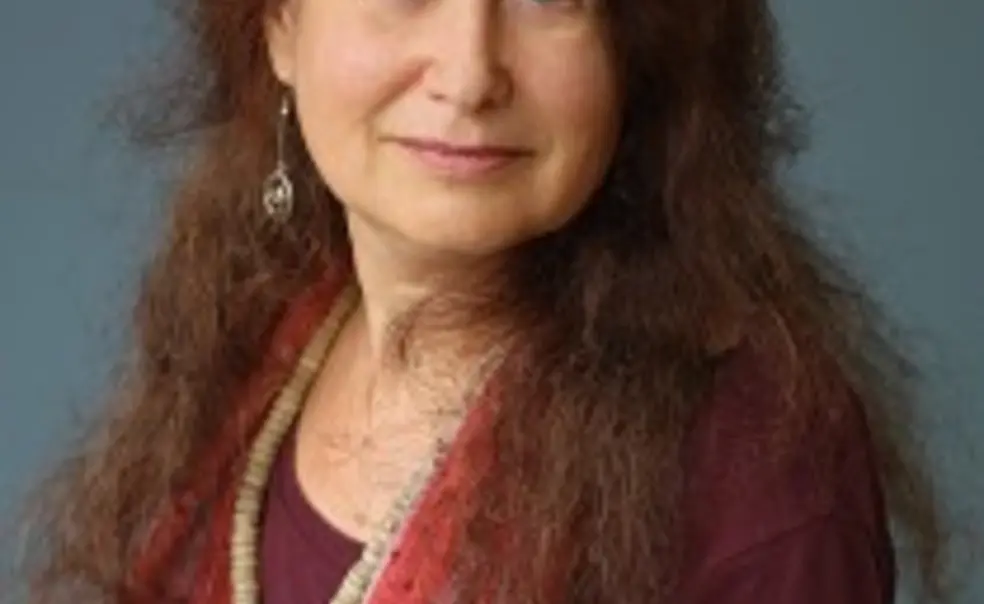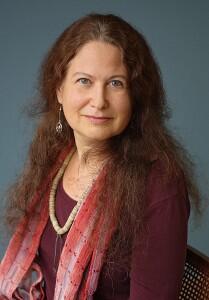Hirshfield ’73 Explores How Great Poetry Is Made
“A mysterious quickening inhabits the depths of any good poem — protean, elusive, alive in its own right,” Jane Hirshfield ’73 writes in the opening of her essay collection Ten Windows: How Great Poems Transform the World. But what factors make a poem move its readers? In her essays,Hirshfield answers these questions by walking readers through a series of classic poems. Of Seamus Heaney’s Oysters, for example, Hirschfield writes, “We stand in this poem with a master of shaking things together — the personal with the historical, the local with the large .… Part of this poem’s specific gravity is its confident leaving out of the inessential.”
A member of the first undergraduate class to admit women as freshmen, Hirschfield is herself a poet, renowned for her spare language and spiritually infused verse. As a companion to Ten Windows, she released a collection of poetry, The Beauty, which explores the physical body interacting with the sensory world. In the poem Like Two Negative Numbers Multiplied by Rain, she begins:
Lie down, you are horizontal.
Stand up, you are not.
I wanted my fate to be human.
Like a perfume
that does not choose the direction it travels,
that cannot be straight or crooked, kept out or kept.
Of her poetry, The Washington Post wrote, “Very quietly, Jane Hirshfield has been producing work that is earning her a place in the pantheon of those modern masters of simplicity.” This is Hirshfield’s third essay collection and her eighth collection of poetry. She has received fellowships from the Guggenheim and Rockefeller Foundations and the National Endowment for the Arts.













No responses yet